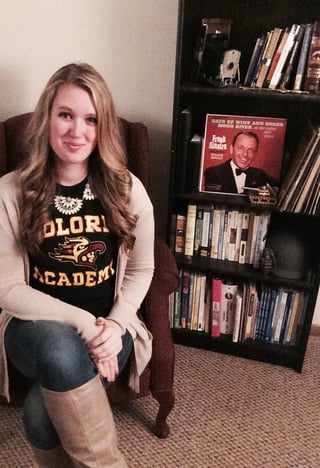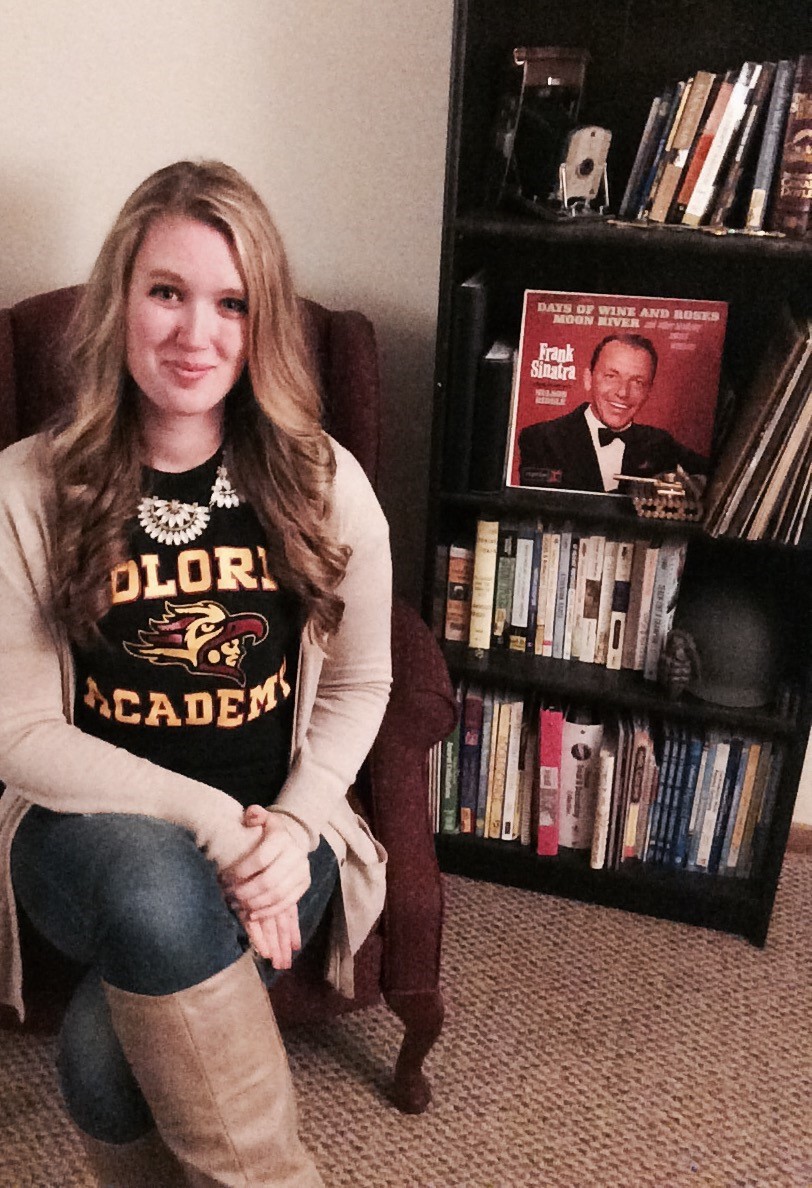Every once in awhile, Solo aims to remind you of all the good people are doing in the world, and how something as simple as a Solo cup can make a big impact in people's lives. This series is called "You Fill Me Up," and this is our first installment, which features an interview with a teacher that just so happens to teach at a school that has "Solo" in the name...

Stephanie Naegele is a teacher at the one and only Eric Solorio Academy High School on the South Side of Chicago. After discovering she's been utilizing Solo cups for a team building activity called the Solo Cup Challenge, we chose to reach out to her to understand the effect our cups have had on her classrooms. Find out how to conduct the Solo Cup Challenge, and other Solo related STEM activities, in your classroom here.
SOLO: How have you utilized Solo cups in your classroom? What drew you to using them?
Naegele: I use Solo cups at the beginning of every year to set the culture and climate of my classroom. Through the Solo Cup Challenge, I am able to introduce students to what cooperative learning will look like in our classroom. By working in a small group to accomplish a challenge like this, and reflecting on the process, my students get a small taste of positive interdependence and group processing. This exercise fosters productive discussion, eye contact, and focus which we will set as the norms for working with each other throughout the year. Solo cups were the obvious choice for this team work challenge because they are lightweight, they don't stick together when you stack them, and most importantly, they’re durable. (I am also planning to make a small gold trophy for next years winning group with a Solo cup and some pipe cleaners!)
SOLO: What has been your student’s response to the SOLO cup activities you’ve integrated into your curriculum?
Naegele: When my high school students come into the classroom and pick up their Solo cup instructions and materials on their way in they I get a lot of quizzical faces and smirks from kids who think we're going to party, but I get an overall great reaction from my students once we get started! Students are tired of the dusty old ice breakers, especially in high school where they probably do one an hour in each of their classes. Knowing the favorite color or food of your classmates doesn’t make you more inclined to talk to them or work with them in class. When they start the Solo Cup Challenge there’s a buzz in the room of strategies, constructive criticism, and excitement. They're engaged in teamwork and discussion because they want to be! There’s this myth out there that high school aged students or millennials are “lazy,” “unfocused,” and “don't like to be challenged.” This couldn’t be more wrong: these students love to be challenged, especially when they know they are capable of accomplishing the objective.
SOLO: What would be your advice to other teachers looking to integrate this activity, or other Solo cup activities, in their own classrooms?
Naegele: Reflection is key! We do a quick "think-pair-share" after the first few formation challenges. During it, I ask them to discuss what went well in their group so far and what changes they want to make. If some students aren't interacting in a positive way, this is your chance to fix it. You need to teach your students how to interact with others. Ask students to share their successes and their ideas on how to improve. I also share what I thought went well, which is usually something along the lines of, “I heard a lot of positive words as I walked around the room.”
Use teams as a visual example of what group work looks like in your classroom. I narrate as I walk around, saying things like, “it looks like Ivonne is taking the lead in this group by telling her teammates how to move” or “the concentration in this group over here is incredible.”
SOLO: Is there anything else you’d like to mention?
Naegele: I currently work at Eric Solorio Academy High School, located on the south side of Chicago. We were named after fallen Chicago police officer Eric Solorio. We were rated #1 on Schoolhound’s list of The Top 10 Illinois High Schools that Exceed Expectations. Because we are a majority minority high school in a low income neighborhood and a part of Chicago public schools, people have lower expectations for our students achievement, but we do not lower our standards by any means and it has brought us a lot of success so far!



